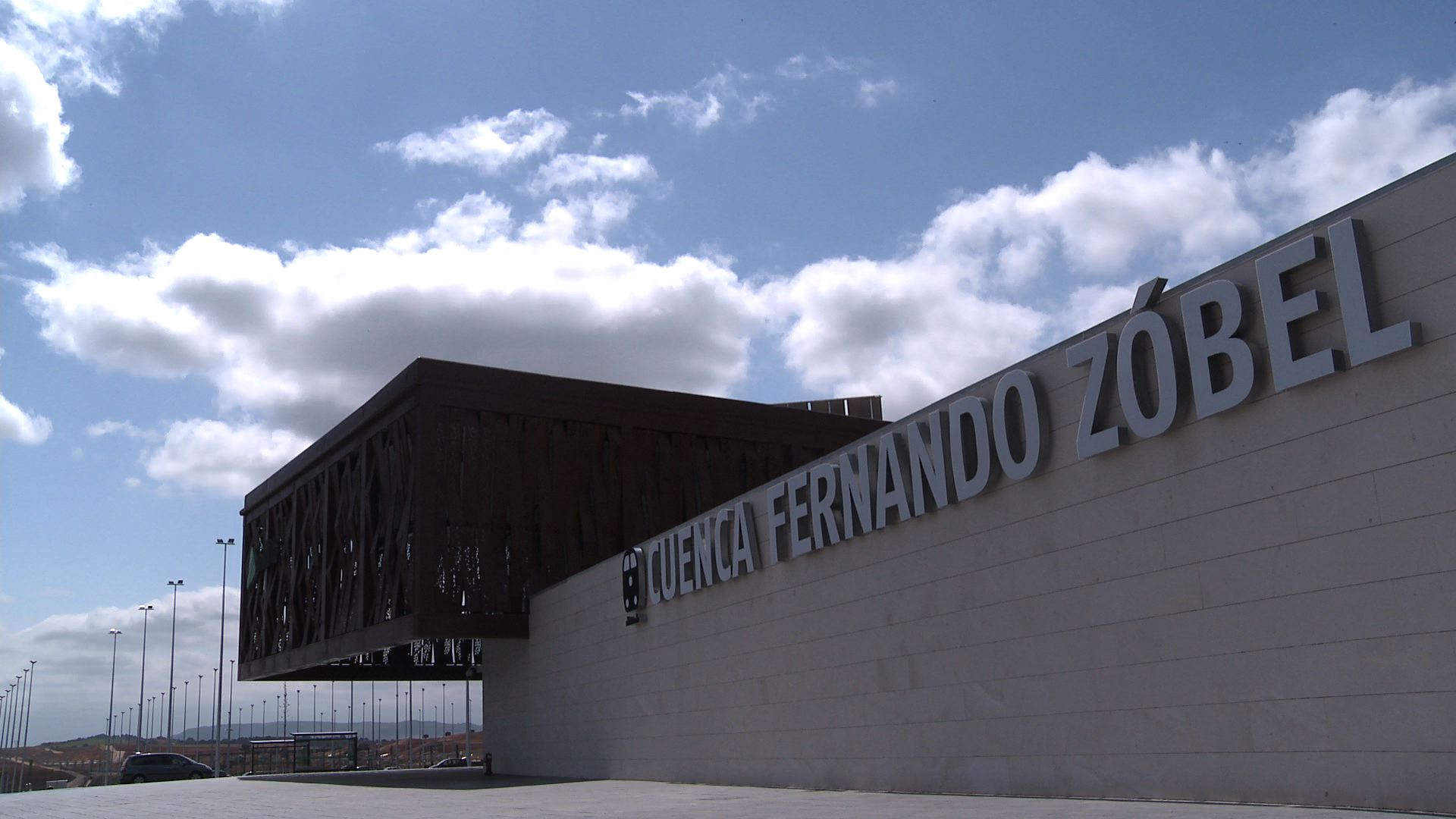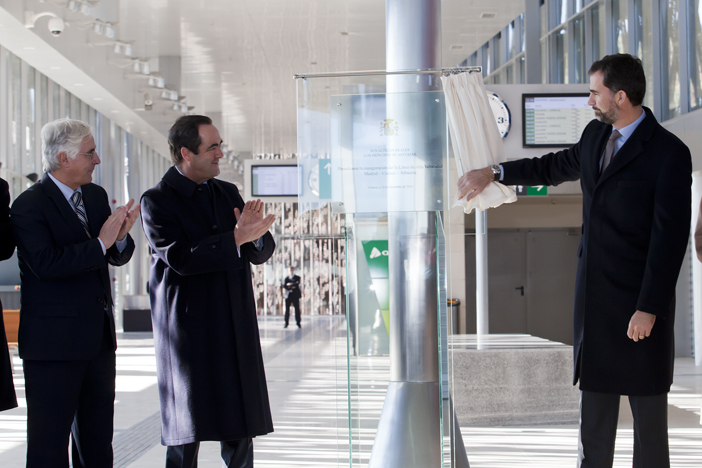Acknowledgments
Fernando Zóbel, Spanish painter, engraver and draftsman, was born in Manila in 1924.
He graduated Magna cum laude from Harvard University (1946-1949) and entered the service of Harvard University as a bibliographic researcher (1949-1951). During this period, he began to paint.
Exhibits for the first time in Boston in a group show in 1951.
Returns to Manila to help out at the Ayala Company, owned by the family, where he remains for several years (1951-1960), during which time he continues to paint and exhibit.
He had his first solo exhibition at the Philippine Art Gallery in February 1952.
During this time, he became a professor of Fine Arts at the Ateneo de Manila University.
In 1955, on one of his trips to Spain, he discovers the young Spanish painting and makes contact with Gerardo Rueda, Luis Feito, Guillermo Delgado and Antonio Lorenzo. Shortly thereafter, he began his collection of Spanish abstract art.
He is appointed director of the Museum of Fine Arts of the Ateneo de Manila University. This same University grants him the title of Doctor of Letters "Honoris Causa".
In 1959, he exhibits for the first time in Spain at the Biosca Gallery in Madrid, then directed by Juana Mordó.
From this date, and in spite of numerous trips to the Philippines, his artistic activity remains centered in Spain, and he exhibits "in absentia" in a whole series of important group exhibitions of Spanish painters: Guggenheim Museum in New York, museums in Freiburg, Basel, Munich, Düsseldorf, Tokyo, etc.
In December 1960, he decided to leave his business in the Philippines and devote himself entirely to painting, settling permanently in Madrid in 1961.
In 1963 and with his own collection of Spanish abstract painting, which he has been making little by little, he creates the Museum of Spanish Abstract Art of Cuenca, with the collaboration of Gustavo Torner and Gerardo Rueda. Museum that would open its doors on July 1, 1966 and in whose first catalog Zóbel himself would say: "More than ten years ago, excited by the category of the abstract work of my colleagues and seeing with regret that the best examples of this type of artistic manifestation were going abroad, I began to collect paintings, sculptures, drawings and engravings (...). The collection grew in importance until it surpassed any other collection of Spanish abstract art. This same year he was awarded the Encomiendas de Isabel la Católica and Alfonso X el Sabio and was named Honorary Curator of Rare Books and Manuscripts of the Harvard University Library.
The City Council of Cuenca named him an adopted son of the city in 1972.
In 1981, he donates the collection of the Museum of Spanish Abstract Art of Cuenca to the Juan March Foundation.
In 1983, he was awarded the Gold Medal for Merit in Fine Arts and the Juan March Foundation named him a member of its Advisory Committee.
He is elected Numerary Academician of the Royal Academy of Fine Arts of San Fernando in Madrid, without reading the entrance speech due to his sudden death in Rome in June 1984.
Posthumously he was awarded the Gold Medal of the city of Cuenca and the Medal of Honor of the Menéndez y Pelayo International University of Santander.
I do not know very well what is a "beautiful painting in itself". The word beauty has become very suspicious, and we do not know very well what people mean when we use it. I, at least, use it very little to avoid confusion. The phrase "beautiful painting" has a certain unconscious flavor of nineteenth-century themes: of twilight and sumptuous nudes, of nocturnes with cypresses and historical agonies. Perversely, one thinks of the subject and not of the painting.
Evidently beauty is something else. It is, I believe, a result. Beauty is not sought after. It appears by itself when a whole series of things work. It appears unintentionally.
I would say that a painting is beautiful when it clearly fulfills its intention. In that sense, of course I am interested in it. Every painting is a new search, and when it comes out, it is a contribution. Every new canvas is an adventure, even if it is not about ogres and dragons.


